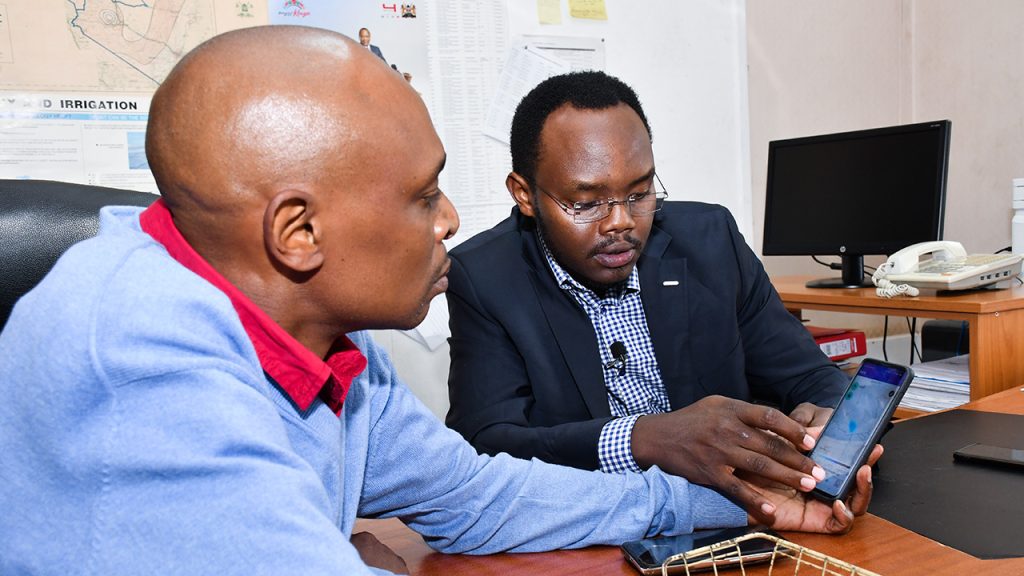
New international guidelines for nowcasting in Africa
The World Meteorological Organisation has shared a set of guidelines for satellite-based nowcasting in Africa – a process whereby near real-time satellite images can be used to provide severe weather warnings at short notice.
The report, titled Guidelines for Satellite-based Nowcasting in Africa, draws on work carried out by the African SWIFT programme led by the National Centre for Atmospheric Science, in addition to experiences from African weather researchers.
As part of African SWIFT, the National Centre for Atmospheric Science worked in collaboration with African weather services to produce a step change in African weather forecasting – leaving a legacy that could be carried forward by new nowcasting technologies, such as the FASTA app.
Professor Doug Parker, National Centre for Atmospheric Science and University of Leeds, says, “The African SWIFT project was successful in demonstrating the skill and value of satellite nowcasting right across tropical Africa, by focussing on 4 countries, Senegal, Ghana, Nigeria and Kenya.”
“The new World Meteorological Organisation Guidelines provide a roadmap for expanding the use of nowcasting right across the continent. The report makes use of a number of African SWIFT outcomes, including the Standard Operating Procedures we developed to help forecasters turn advanced scientific data into hazard warnings for their communities.”
Professor Doug Parker, National Centre for Atmospheric Science and University of Leeds
The report authors have put together specific recommendations to help African weather service providers to implement satellite nowcasting, as well as recommendations to develop the sustainability of weather services over time.
They include different technical, operational, logistical and management considerations which can be used to create templates or roadmaps to use nowcasting in African countries.
Across much of Africa, intense rainfall events and storms can cause threats to lives and livelihoods, especially in sectors like agriculture where smallholder farmers rely on crop yields, and fisheries, where thousands of fishers drown every year when their boats capsize in heavy weather.
Nowcasting is especially useful for helping people and businesses to respond to high-impact storms because it provides immediate and accurate warnings for approaching weather systems.
It is a highly reliable mechanism for weather warnings because it uses real-world data, updating every fifteen minutes to reflect changes in the skies overhead.
At the moment, operational nowcasting services in Africa are very limited. But, it’s hoped that within the next decade, commercial industries and society will benefit from improved tools and procedures when severe weather arrives.
